TCampbell
Been spending a lot of time on here!
- Joined
- Mar 31, 2012
- Messages
- 3,614
- Reaction score
- 1,556
- Location
- Dearborn, MI
- Can others edit my Photos
- Photos OK to edit
There are a few approaches.
I suggest avoiding "variable" ND filters with wide-angle lenses. A variable ND is really two polarizers stacked together. But polarizers don't work well with wide-angle lenses. This is because the amount of light which is allowed to pass vs. blocked depends on the angle of the light hitting the polarizing filter. When using normal to long lenses the angles are all near-enough that the amount of light blocked is fairly even. But when using a wide-angle, the difference in angles of light entering the lens from one side of the frame vs. the opposite side are so far apart that the polarization isn't even and you get a band or stripe through the image where the polarization was strongest and it weakens as it gets farther from that band. ... and it gets worse. Since you have TWO polarizers and you are twisting them, now you get TWO bands instead of one and since you're twisting them you'll get some variation on an X shaped band for a really wonky image.
A non-variable ND doesn't use polarization so the amount of light blocked is consistent across the field.
While you would typically buy a "screw on" type filter, if you have more than one lens diameter size then you could buy for the largest thread-size lens you own and then buy "step up rings" to adapt the filter to your smaller lenses. For example, I have mostly 77mm thread-on filters but I have a 67mm to 77mm step-up ring so I can use them on my smaller lens. But there are another even more versatile approach.
If you buy square "slide in" filters (e.g. Lee filters is probably the top name, then Singh-Ray followed by Cokin) you get the "holder" and then you need a lens adapter ring for each lens size you own... but these adapter rings are cheap so it's no problem buying every size you need (most people only need 2 or maybe 3 sizes.) The 4"x4" (100mm x 100mm) filters tend to work for most wide-angle through telephoto lenses EXCEPT the ultra-side angle lenses (which tend to need the 6x6" (150x150mm) filters.
But the slide in filters are REALLY nice when you start to consider that this is also what you need to start using ND grads (4" x 6" slide-ins which gradually get darker the farther you slide them in). This allows you to darken the sky without darkening the foreground for a more even exposure (the exposure on the sky is usually brighter than the exposure on the ground).
If you only buy 1 ND filter... make it a 3-stop ND. ND filters come in various densities and they may be advertised by number of stops or by optical density. When they use the optical density system (the most common... especially among high-end filters) each "0.3" worth of optical density is 1 stop (0.1 is 1/3rd stop). So an ND 0.9 would be a 3 stop filter. An ND 3.0 would be a 10 stop filter.
You can see through a 3 stop filter to frame and focus a shot... but you can't see through a 10-stop filter. To use one, you frame, focus, and meter with the filter off the camera. Then switch the focus to manual (so the camera doesn't try to adjust), manually dial in an exposure which is 10 stops brighter than your meter indicated... and slide in the 10-stopper to take the shot (use of a tripod is pretty much a requirement when using a 10 stop filter.)
Better ND filters are spectrum neutral... they don't produce a color cast.
I suggest avoiding "variable" ND filters with wide-angle lenses. A variable ND is really two polarizers stacked together. But polarizers don't work well with wide-angle lenses. This is because the amount of light which is allowed to pass vs. blocked depends on the angle of the light hitting the polarizing filter. When using normal to long lenses the angles are all near-enough that the amount of light blocked is fairly even. But when using a wide-angle, the difference in angles of light entering the lens from one side of the frame vs. the opposite side are so far apart that the polarization isn't even and you get a band or stripe through the image where the polarization was strongest and it weakens as it gets farther from that band. ... and it gets worse. Since you have TWO polarizers and you are twisting them, now you get TWO bands instead of one and since you're twisting them you'll get some variation on an X shaped band for a really wonky image.
A non-variable ND doesn't use polarization so the amount of light blocked is consistent across the field.
While you would typically buy a "screw on" type filter, if you have more than one lens diameter size then you could buy for the largest thread-size lens you own and then buy "step up rings" to adapt the filter to your smaller lenses. For example, I have mostly 77mm thread-on filters but I have a 67mm to 77mm step-up ring so I can use them on my smaller lens. But there are another even more versatile approach.
If you buy square "slide in" filters (e.g. Lee filters is probably the top name, then Singh-Ray followed by Cokin) you get the "holder" and then you need a lens adapter ring for each lens size you own... but these adapter rings are cheap so it's no problem buying every size you need (most people only need 2 or maybe 3 sizes.) The 4"x4" (100mm x 100mm) filters tend to work for most wide-angle through telephoto lenses EXCEPT the ultra-side angle lenses (which tend to need the 6x6" (150x150mm) filters.
But the slide in filters are REALLY nice when you start to consider that this is also what you need to start using ND grads (4" x 6" slide-ins which gradually get darker the farther you slide them in). This allows you to darken the sky without darkening the foreground for a more even exposure (the exposure on the sky is usually brighter than the exposure on the ground).
If you only buy 1 ND filter... make it a 3-stop ND. ND filters come in various densities and they may be advertised by number of stops or by optical density. When they use the optical density system (the most common... especially among high-end filters) each "0.3" worth of optical density is 1 stop (0.1 is 1/3rd stop). So an ND 0.9 would be a 3 stop filter. An ND 3.0 would be a 10 stop filter.
You can see through a 3 stop filter to frame and focus a shot... but you can't see through a 10-stop filter. To use one, you frame, focus, and meter with the filter off the camera. Then switch the focus to manual (so the camera doesn't try to adjust), manually dial in an exposure which is 10 stops brighter than your meter indicated... and slide in the 10-stopper to take the shot (use of a tripod is pretty much a requirement when using a 10 stop filter.)
Better ND filters are spectrum neutral... they don't produce a color cast.


![[No title]](/data/xfmg/thumbnail/42/42462-2adb6efc01a19638fca25cd3000f5575.jpg?1619740192)
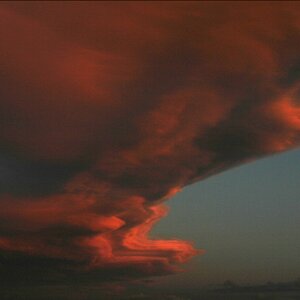
![[No title]](/data/xfmg/thumbnail/31/31748-63241c520f250328a5ec32959b8f53d0.jpg?1619734989)
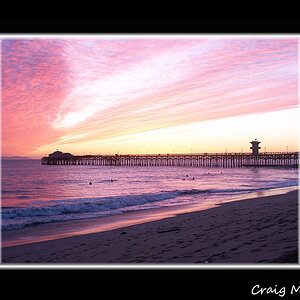
![[No title]](/data/xfmg/thumbnail/37/37630-10bda987ab220dc60e7c1cb65502f83c.jpg?1619738155)
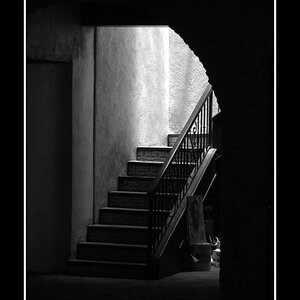
![[No title]](/data/xfmg/thumbnail/39/39460-55f4d48e22a9710f377f2a3dee45992e.jpg?1619739039)
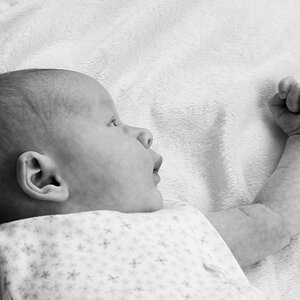
![[No title]](/data/xfmg/thumbnail/31/31751-fb2f68cca32f9eec468dbde7d649840f.jpg?1619734990)
![[No title]](/data/xfmg/thumbnail/39/39429-cfa441056f1e6a1995539dc87c794876.jpg?1619739028)
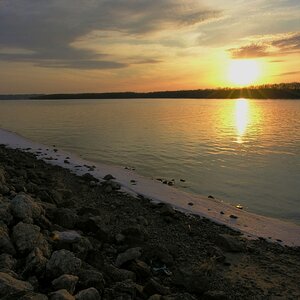
![[No title]](/data/xfmg/thumbnail/31/31750-f3936d67895e1ef2756eb06d7b15fe9c.jpg?1619734990)